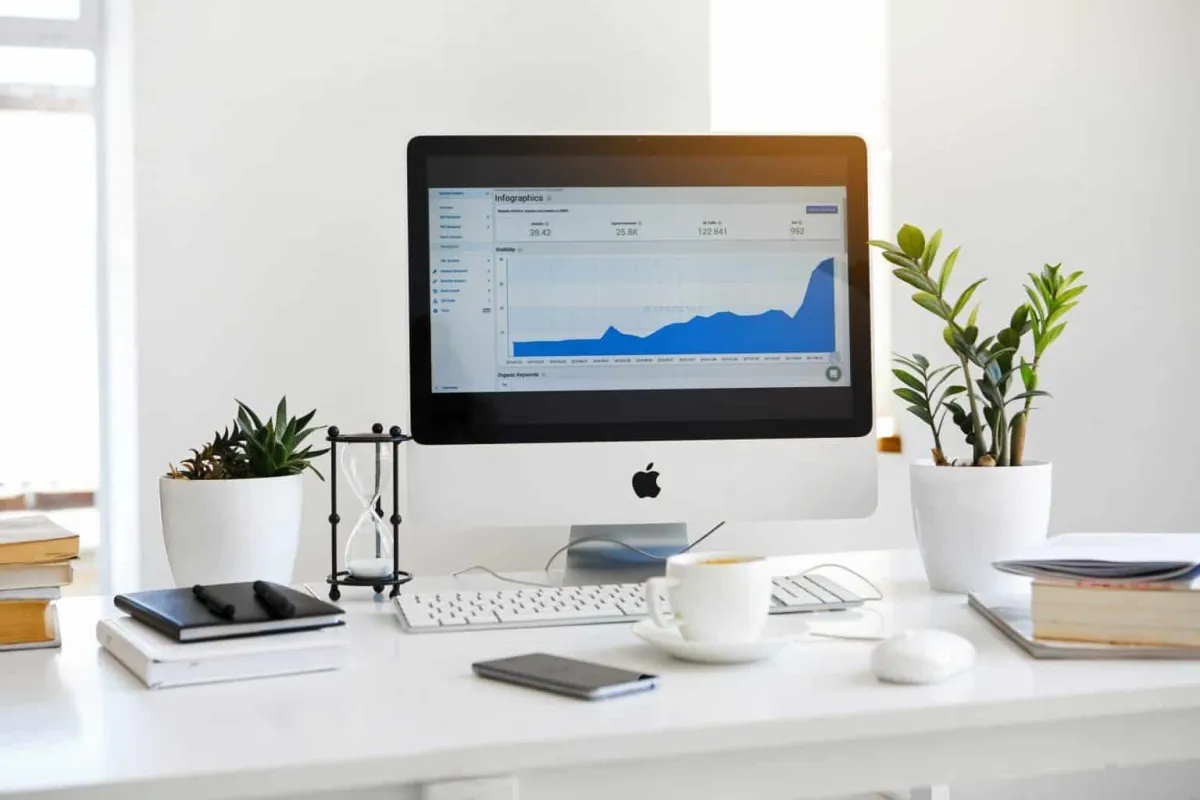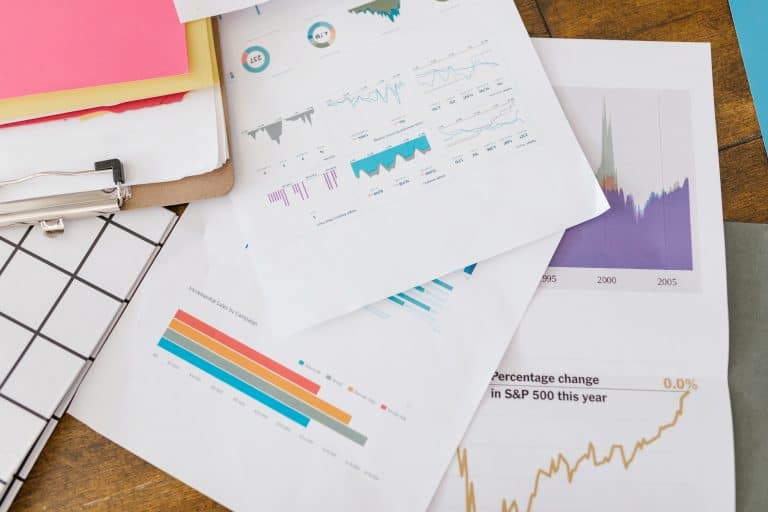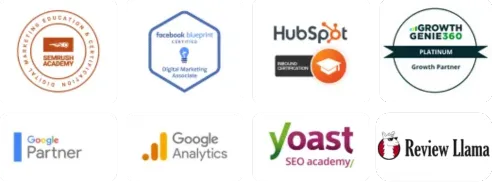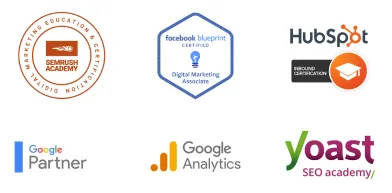TO LEARN IS TO GROW
Learning Center
We do our research and publish our results. Should probably call this the Growing Center.


2021 Google Algorithm Updates: How Can You Prepare Your Website?
To prepare your website in line with the 2021 Google algorithm updates, ensure that it offers excellent user page experience and quick loading capabilities.
Over the years, Google has been adjusting its search engine algorithm to best serve users rather than companies who implement dubious practices to gain traffic. In the past, stuffing content with keywords and phrases was often enough to improve ranking even though the article didn’t make any sense.
Nowadays, after the introduction of Google Panda in February 2011 and the subsequent updates, websites that fail to offer quality content and good user experience either find themselves at the bottom of search rank or even kick out from the search result altogether.
How to Prepare Your Website in Line with the 2021 Google Updates
Last year, the search engine giant announced its plan to introduce three new user experience metrics to rank web pages. However, instead of a one-time event, the company said the “tweaks” will be spread out throughout the mid and end of 2021 to give businesses time to adjust their search engine optimization (SEO) efforts.
The new user experience-based metrics, which are called Core Web Vitals or CWVs, are composed of the following:
Mobile-friendliness
loading speed
safe browsing
HTTPS
responsiveness
Ensure That Your Website Is “Stable”
To rank high in “stability” metrics, your web page layout should have no or very little unexpected shift that results in accidental clicks. For example: A user intended to click the menu bar but inadvertently pressed on the intrusive newsletter sign-up button that suddenly appeared on the screen.
To pass the “stability” metrics, also called Cumulative Layout Shift or CLS, your web page should register a score under 1.
CLS accounts for 5% of the Google Performance Score.
The Largest Image Or Text Block Of Your Site Should Load Under 2.5 Seconds
Google updates include a new metric called Largest Contentful Paint or LCP, which measures how quickly the largest image or text block loads on the screen. (Note: It only evaluates the visual element instantaneously shown on screen, without the user having to click or scroll down.)
To pass this metric, the largest and most important piece of your content must load within 2.5 seconds.
LCP accounts for 25% of the Google Performance Score.
Make Sure That Your Website Is Responsive
The responsiveness metrics, also called First Input Delay or FID, measures how responsive your web page is based on the user input, like click and scroll.
To pass the FID metric and provide a good page experience, your site should have a response time of 100 milliseconds or quicker.
You can prevent delay or latency by following these guidelines:
Move your website to a better host.
Reduce and optimize the size of the images and graphics.
Use a Content Delivery Network or CDN.
Set up browser caching.
Reduce the number of plugs and remove resource-hogging add-ons.
Use database optimization.
Use Gzip compression.
Reduce the number of CSS and JavaScrip
t filesOther Things to Keep in Mind
Mobile-friendliness remains at the heart of user page experience. After all, a 2020 survey showed that around 68% of global website visits came from mobile devices, increasing from about 63% in the previous year.
To ensure that your site is mobile-friendly, it should load and respond quickly to user input.
All mobile-friendly, fast-loading websites have the following features:
Simple or minimalistic design
No flash
Relatively large font sizes
No text-blocking ads and pop-ups
No-frill content (users can easily find the information they need)
Button sizes large enough to work on mobile screen
The Google page experience metrics also give much importance to a safe browsing experience. To pass this assessment, make sure that your site does not contain malware or deceptive content.
To further beef up your website’s safe browsing experience, it must be served over HTTPS, which is an acronym for Hypertext Transfer Protocol Secure.
HTTPS is an internet communication program that protects the confidentiality and integrity of data between a website and the user’s device.

Final Words About Google 2021 Algorithm Update
From an SEO standpoint, optimizing your website to satisfy the new metrics on user page experience and other “tweaks” will help you achieve a good search engine ranking.
But even without these 2021 Google algorithm updates, it still makes sense to follow these metrics in which the goal is to improve user experience and the growing demand for speed. In fact, several studies have shown that today’s online users are more impatient and less forgiving.
A 2018 study involving US and British online users showed that slow and underperforming websites would lose around 73% of their visitors to a competitor.
A 2019 Google study found that consumers were 10% more likely to recommend an eCommerce site if the load time was reduced from 13 seconds to 10 seconds. The researchers also found that a few seconds improvement could boost page views per session, conversation rates, and arguably the most important–sales.
To learn more about user page experience and mobile-friendly websites, contact LOJO Marketing at (916) 303-4080 to schedule a FREE consultation with one of our SEO and digital marketing specialists.
.
Built for Growth. Backed by 25 Years of Trust.
For over two decades, LOJO has been a trusted partner to hundreds of businesses just like yours. Whether working directly with owners, managers, teams, or boards of directors, our goal remains the same: to be a reliable and results-driven asset to your business.
Over the years, we’ve carefully built a team of experts—each selected for their unique skills, strengths, and personalities. Our clients choose LOJO because they know we genuinely care about their success.
And after 25 years of helping businesses grow, we’re more committed than ever.


Built for Growth. Backed by 25 Years of Trust.
For over two decades, LOJO has been a trusted partner to hundreds of businesses just like yours. Whether working directly with owners, managers, teams, or boards of directors, our goal remains the same: to be a reliable and results-driven asset to your business.
Over the years, we’ve carefully built a team of experts—each selected for their unique skills, strengths, and personalities. Our clients choose LOJO because they know we genuinely care about their success.
And after 25 years of helping businesses grow, we’re more committed than ever.




Matthew Rogers, President
iProspect Check
After spending several months reviewing multiple proposals from several different companies we engaged LOJO to develop a new website that represents our company effectively. We worked initially with Stephen Platte who helped create the scope of the project. Stephen was knowledgeable and always followed up with me on time and as promised.
He "closed the deal" for LOJO with his professionalism, service orientation and easy going approach. Once we signed the contract we were introduced to Jay Kelly who would be the creative lead for LOJO. This was the most challenging part of the project for my company, as there was no shortage of ideas from our side. Jay managed the project flawlessly, and once we had all agreed to the design, Jay introduced us to Eric.
Eric Lay is one of the founders of LOJO. Eric took the design we had developed and brought it to life. We delivered content as quickly as he requested it. Eric kept the project on task and we responded by exceeding every deadline for content. In turn, once provided, literally not a day went by that Eric didn't add the content and take the next step. In just a few weeks we launched our new website. Eric is a pleasure to work with.
His positive attitude and consultative approach really enhanced the experience and made a big difference for us in the outcome of our project. We would welcome you to visit our website to take a look at the quality work of LOJO. We are very pleased with LOJO and look forward to working with them in the future as we pursue an aggressive SEO strategy."
After spending several months reviewing multiple proposals from several different companies we engaged LOJO to develop a new website that represents our company effectively. We worked initially with Stephen Platte who helped create the scope of the project. Stephen was knowledgeable and always followed up with me on time and as promised.
He "closed the deal" for LOJO with his professionalism, service orientation and easy going approach. Once we signed the contract we were introduced to Jay Kelly who would be the creative lead for LOJO. This was the most challenging part of the project for my company, as there was no shortage of ideas from our side. Jay managed the project flawlessly, and once we had all agreed to the design, Jay introduced us to Eric.
Eric Lay is one of the founders of LOJO. Eric took the design we had developed and brought it to life. We delivered content as quickly as he requested it. Eric kept the project on task and we responded by exceeding every deadline for content. In turn, once provided, literally not a day went by that Eric didn't add the content and take the next step. In just a few weeks we launched our new website. Eric is a pleasure to work with.
His positive attitude and consultative approach really enhanced the experience and made a big difference for us in the outcome of our project. We would welcome you to visit our website to take a look at the quality work of LOJO. We are very pleased with LOJO and look forward to working with them in the future as we pursue an aggressive SEO strategy."

Matthew Rogers, President
iProspect Check
The team at LOJO were wonderful to work with. They are well organized and very patient as we worked through our marketing strategy and developed a well thought out and clear action plan at a reasonable price. We will definitely be back for our future campaign needs."

Jon Crosby, Founder
Dazil

